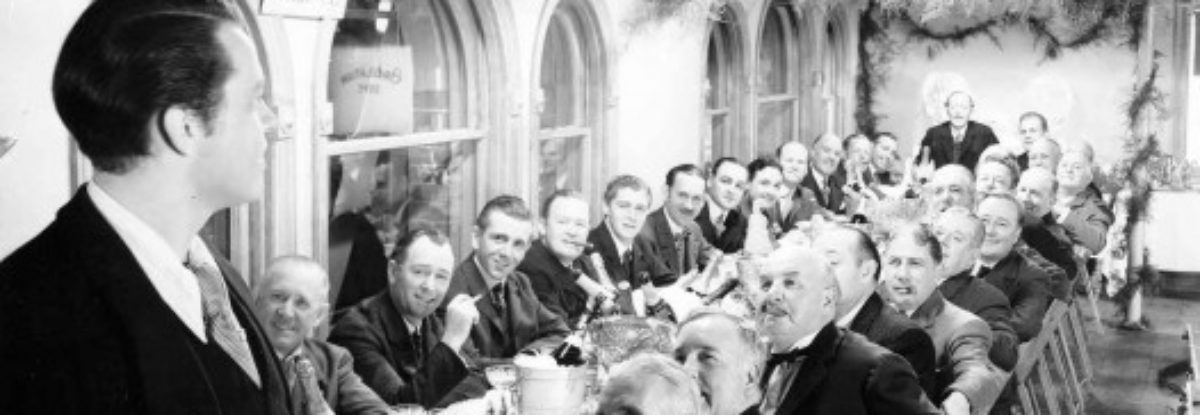I always get excited when I know there’s a new Tarantino film coming up. You just know it’s going to be one of the highlights of the cinematic year. And this film didn’t disappoint. I would recommend seeing the film before reading any more of this review because otherwise your viewing experience will suffer.
There’s so much one could say about this film. I’ve seen it twice now and found it just as enjoyable on a second viewing. The over-whelming sense one gets when watching it is that the film is made by someone who has a real passion for cinema. This passion shines through every frame. It shines through in the camera-work, in the dialogue, in the acting and in the evocation of a period. Because more than anything, the film is about evoking the Hollywood of the late 60s. In face I would say that the evocation of period over-rides plot. The film meanders, goes off on tangents and takes its time pulling us in.
I felt the hairs stand up on the back of my neck right from the opening credits sequence where we see the backs of Pitt and Di Caprio in the car, driving along over a rocking 60s song.
The attention to period detail is amazing. Whether it be obscure songs from the period or tv shows that have long since been forgotten. To give just one example. At one point there is a billboard advertising the 1968 film Lady in Cement, starring Frank Sinatra and Raquel Welch. However Raquel is mis-spelt as “Racquel”, ie with a C in the middle. Her name was sometimes mispelt back then, before she was a household name. Only Tarantino would have thought of this kind of detail.
There’s so much to enjoy in this film. From the recreation of B movie westerns to the relaxed interplay between the two leads (Pitt and Di Caprio) to the sly humour (I loved the nod to the Great Escape) and the memorable minor parts (who could forget the young girl acting in the Western within the film – she gave Di Caprio a run for his money!).
The film is not without its flaws though. I mean, do we really need two scenes of the Pitt character feeding his dog? Do we even need one ? I felt some scenes went on a bit too long and also sometimes it felt like Tarantino was almost showing off with his knowledge of the minutiae of 1960 culture. And did we need the scene with Steve McQueen? But these are minor quibbles.
There is a tremendous scene about halfway through the film where the tone changes. Pitt picks up a hippie girl (another spot on performance from this actress) and takes her back to Spahn Ranch. At the Ranch Tarantino brilliantly increases the feeling of discomfort. We know something’s not quite right but we can’t put our finger on it. Is it a religous commune? Have they killed someone? Is Pitt’s life in danger? The whole ambience here – lighting, photography, etc reminded me of a Spaghetti Western.
As the film goes on there is an increasing sense of doom. The film has its own in-built tension since we all know what tragic fate befell Sharon Tate. The Manson murders were symbolic of the ending of the 1960s and showed the ugly flipside to the unrestrained hedonism. The film ends with the quintessential Tarantino ending. I was really hoping Tarantino wouldn’t spoil the rest of the film with the finale and I’m pleased to say he didn’t. As the title hints at, this is an alternate reality, a fairy tale. It ends with a sense of poignancy and a bitter-sweet tone of “What if…?” In its own way it serves as a tribute to Sharon Tate too.
So where does the film stand in the Tarantino canon? I would put it above Hateful Eight but below Django Unchained. So I think it’s a flawed masterpiece. It is undoubtedly a film I will enjoying seeing again and again.
